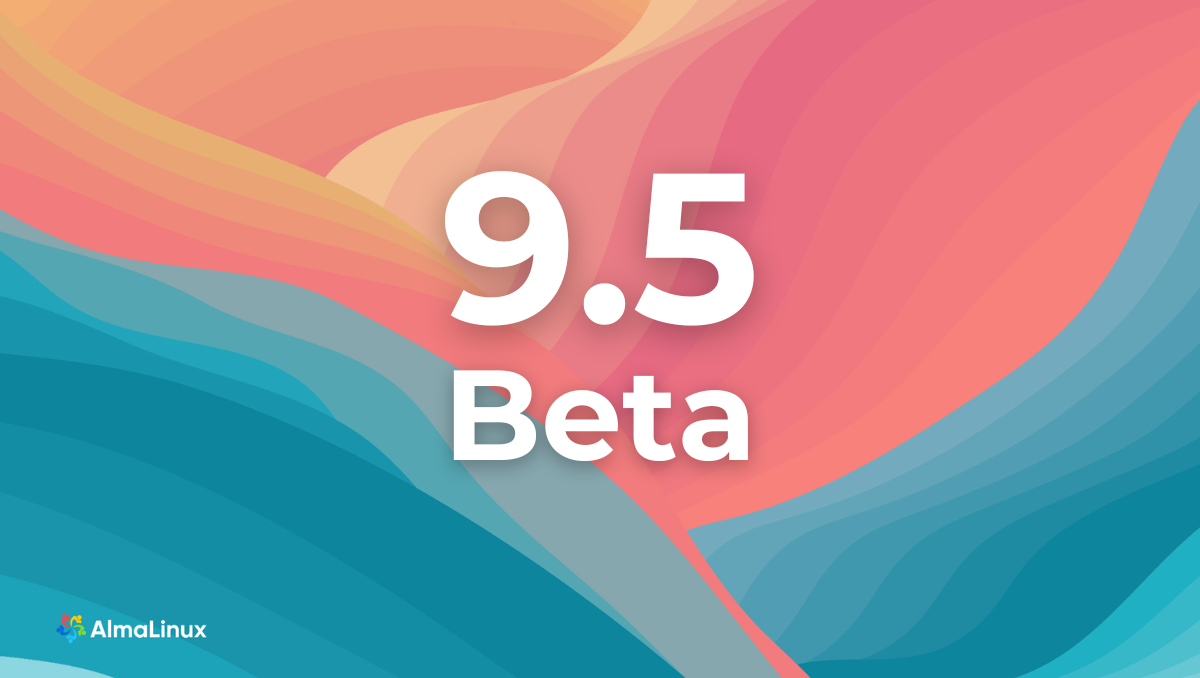- cross-posted to:
- [email protected]
- cross-posted to:
- [email protected]
Can someone, please, explain to me, what exactly is the purpose of this distro? On their web they say it’s filling the gap that was created by CestOS discontinuation, but, like, there’s ContOS Stream now??
Yes. Firstly, it’s about release cycles. Centos Stream is a rolling release distro (although it rolls very, very slowly). But what this means, is that there isn’t a true guarantee of application/ABI/API compatibility between current versions of Centos Stream and future versions.
In constrast to this, Centos 8 and previous were complete clones of Red Hat Enterprise Linux, which was a stable release distro. During the 10 year lifecycle of each RHEL release, there was a guarantee certain application/ABI/API compatibility not changing, which is what stability in the Linux/software world is defined as.
Centos 8 was a free alternative, for institutions unwilling, or unable to pay for RHEL stable releases. But, with the death of Centos, an alternative was needed. Alma Linux, Rocky Linux, and Scientific Linux (designed for labs and universities), were rebuilds of RHEL. This meant that, they would take RHEL’s open source code, and recompile it and distribute it in a way that guaranteed application/ABI/API compatibility with RHEL, for the same lifecycle of a RHEL release.
So Alma Linux and Rocky Linux fill that gap… but recently, RHEL said that they are adjusting policies to make it much harder for people to make rebuilds (likely targeting Oracle Linux, which is a RHEL rebuild), but this change may affect Alma and Rocky as well.
Rocky said they were going to keep bug-for-bug compatibility, like they used to, but Alma says they are going to do something different. Although they still intend to be ABI compatible, Alma has decided to make some changes to the base system, such as reimplimenting and continuing to support things that Red Hat saw unfit to continue existing in RHEL. One example of this is SPICE, which is a graphics protocol used for low latency display of virtual machines. It had many usecases, and I am very excited to see it back in a distro in the Red Hat ecosystem.
thanks, good to know!
I gotta sic syncthing on one of my old laptops running a crusty out of date Windows version and once it’s all backed up I’m going to install this on it, I’m excited to try it out! I have not personally tried a RHE distro before so it will be interesting to experience.



